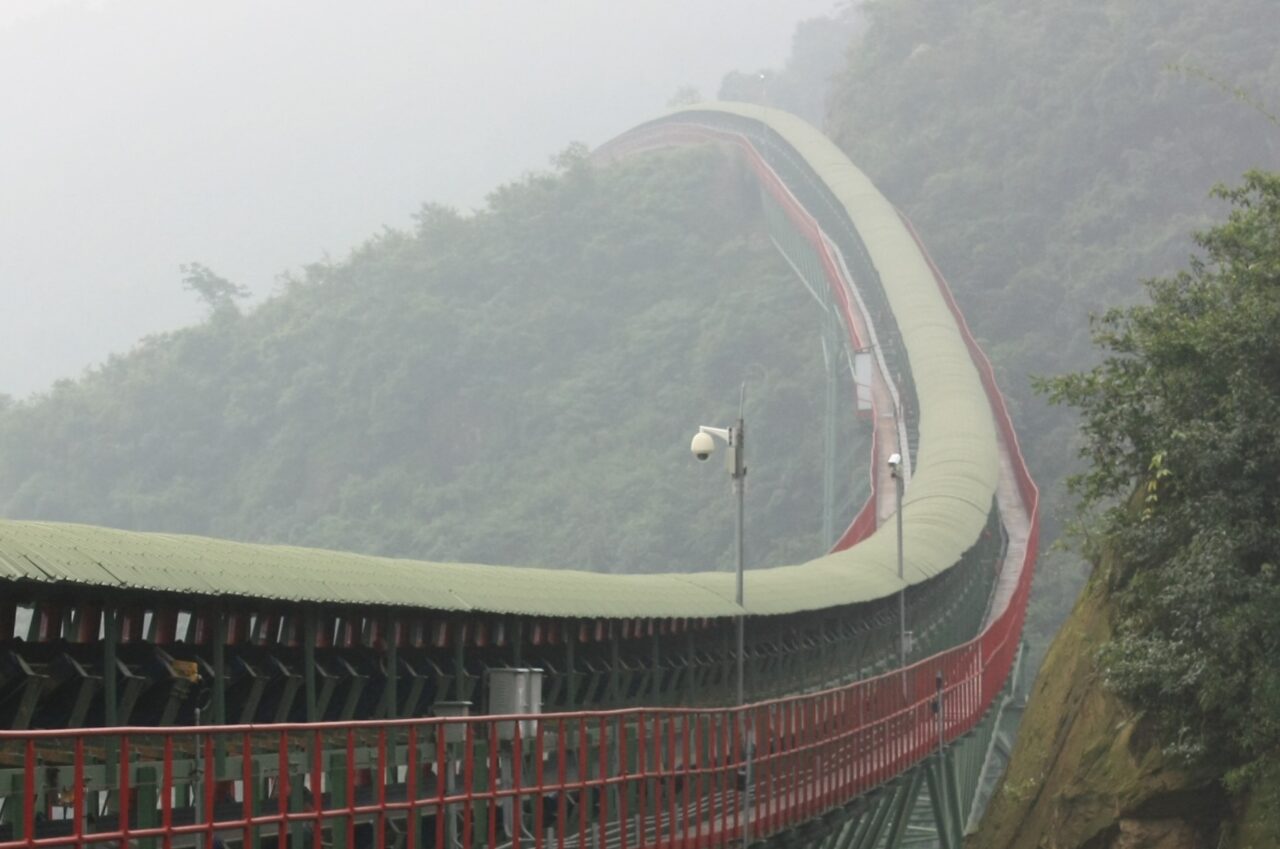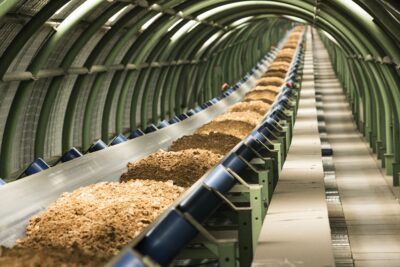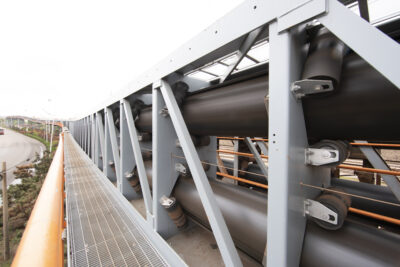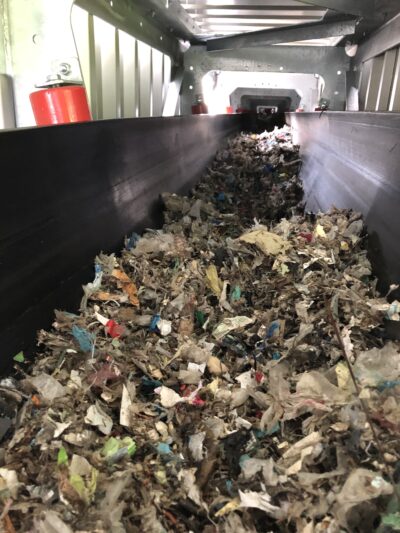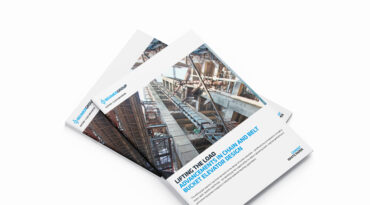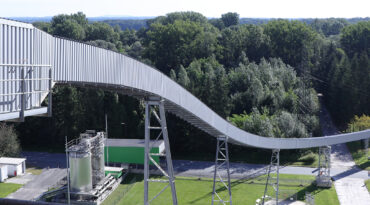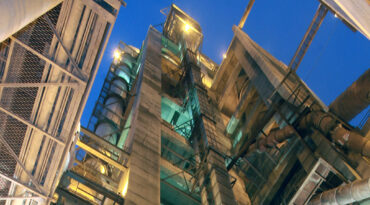By Brian Giese
Trucks and trains have long been the traditional solutions for bulk materials transportation for cement plant operators. Trains have the advantage of energy efficiency, but they require significant capital investment and are usually only deployed over very long distances. Trains have no route flexibility and do not provide continuous transport.
Truck fleets offer a flexible and scalable approach, which can even be outsourced entirely. However, truck transportation models also have limitations. Diesel-driven trucks have high operational costs due to fuel consumption and regular maintenance requirements. Cement plant operators must also consider the cost of controlling dust when using trucks.
At the same time, trucks have a negative environmental impact. Diesel engines contribute to carbon emissions and generate noise. In addition, material spillage during loading and unloading or en route to the destination contaminates the environment. In contrast, modern cement industry solutions like overland belt conveyors have several advantages, such as the elimination of intermediate transfer points, lower operating costs and lower emissions.















